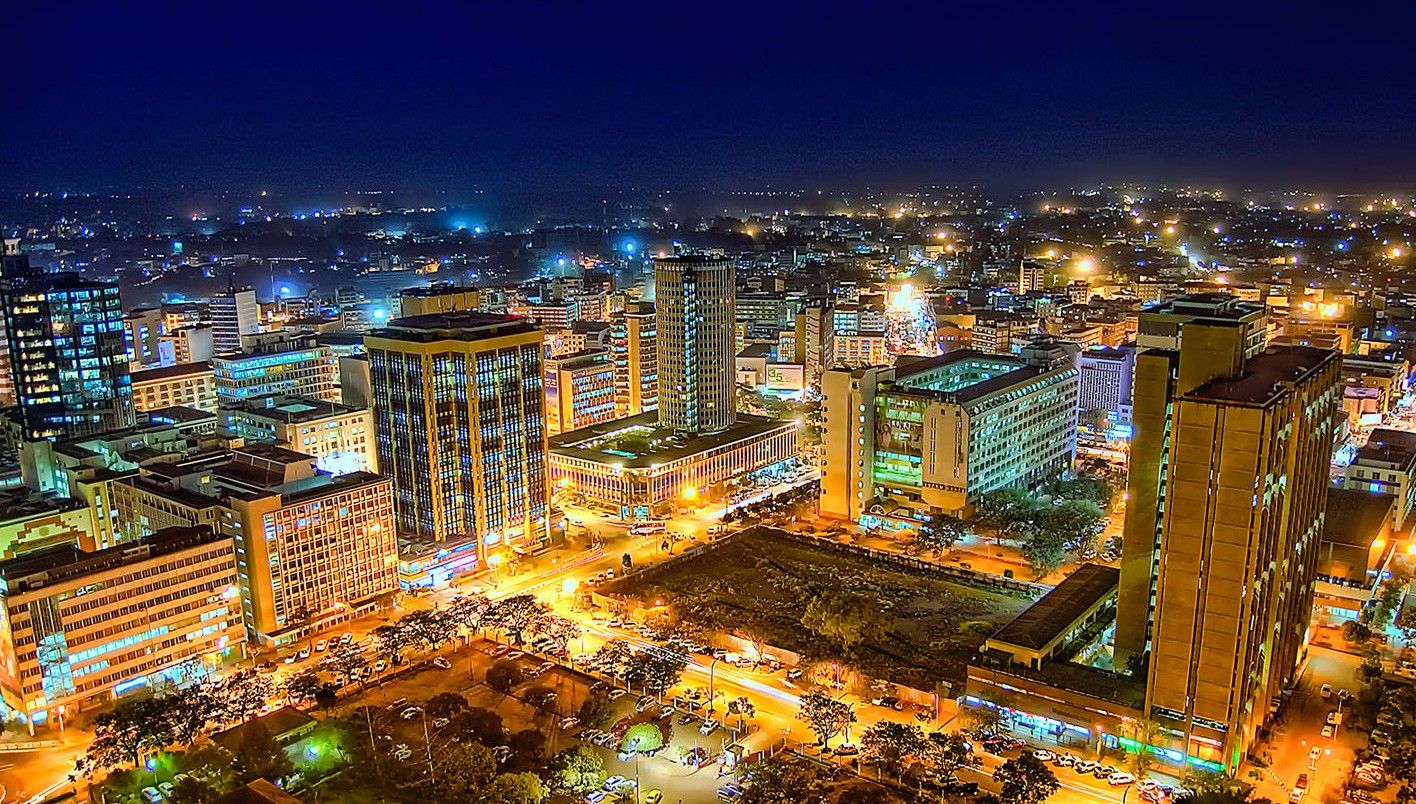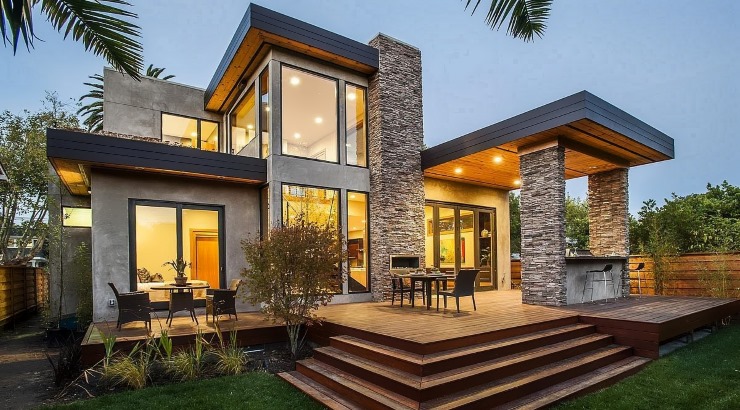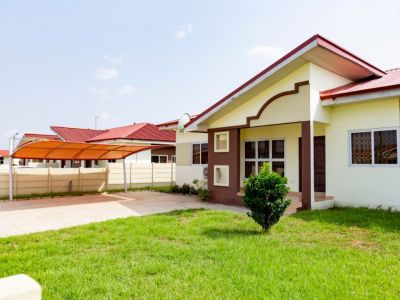
Kenya: Africa's Emerging Market
Kenya: Africa's Emerging Market
Kenya is Africa's emerging market, having recently surpassed oil-rich Nigeria to become the continent's largest economy. Kenya has a young workforce and its government has made investments in education (the literacy rate is above 90%) and infrastructure (including rail transport), making it an attractive destination for business. The country also boasts one of the fastest growing middle classes in the world. These factors make Kenya an excellent opportunity for European businesses seeking entry into Africa or opportunities beyond their home continent.

Section 1: Kenya's economic prospects
Kenya's economy grew by 6.3% in 2017, making it the top African economy. Kenya's economy has been boosted by continued reforms by the government, including a push to digitise its economies. Despite growing inflation, which stood at 12.5% in September, the government's five-year Growth Agenda aims to boost the economy by an average of 7.5% over the period, which is expected to sustain a high level of private investment.
Kenya's GDP per capita stands at $1,683 (annualised) or just over half that of the UK. As a result, Kenya is attracting international investment through a free flow of capital, tax concessions, and an African Growth Opportunity Act (AGOA) arrangement for investing in some industries.
Investing in Kenya
With its highly educated population and relatively favorable business climate, Kenya is a prime destination for European investors. The country's economy, which is predominantly export-oriented, is still in its early stages.
In 2016, it grew by 5.6%, an impressive number considering the severe political instability in neighboring countries.
In addition to access to a skilled labor force, Kenya also offers direct access to Africa's raw materials. In 2016, the value of exports from Kenya to China was $304 million, and from China to Kenya it was $138 million. Kenyans also produce most of the ivory sold in the world.
With considerable political stability and growth, Kenya is expected to continue this trajectory and continue its ascent into Africa's premier economy.
The Kenyan workforce and the issues they face
Kenya's economy has been growing since 2000 but has yet to reach the levels that many other countries have in the last two decades. The following statistics will hopefully explain the situation in Kenya, if not the overall situation in Africa.
The population of Kenya is roughly 51 million. This figure includes 12.2 million unemployed people and 6.8 million who are in the labor force. The average age in Kenya is 20 years and there are an estimated 18 million children in the country. Some 700,000 Kenyans live in the Dadaab refugee camp in Northern Kenya. This camp has been home to over 350,000 refugees since 1991. Many young children have to drop out of school to help provide for their families. The average daily wage in Kenya is approximately $3.
Education and literacy rates in Kenya
The average life expectancy for women is 75, and for men it is 65. This, coupled with high standards of education, has seen many East Africans move to Kenya, the Middle East and Europe, with most settling in the United Kingdom (18.7%), followed by Germany (13.4%), the United States (11.2%), and France (8.9%).
Educational standards are improving throughout Africa
There are now more private school pupils in Kenya than public school pupils, with the majority of public school pupils being girls. This has been driven by continued efforts by the government to reduce the amount of students on free school meals, which has reduced expenditure. The amount spent on public school pupils has fallen by over 18 percent, from $9.8 billion in 2015 to $7.3 billion in 2017.
Infrastructure across Kenya
Nairobi, the capital of Kenya and one of the most expensive cities in the world, is home to modern office spaces and a number of luxury hotels. Additionally, the country's next door neighbor, the resort city of Mombasa, offers an island of tranquillity with crystal clear waters, coral reefs and miles of white sand beaches. South of Mombasa is the country's second largest city, Kisumu, which is home to a number of rural communities.
Aside from the Western-influenced capital, Kenya's east and north are home to Kenyan villages and plains. This is due to the country's political history as Kenya, just like many of Africa's other former colonies, is divided into two regions: Kenya and Uganda.
The African middle class and its implications for Africa
Africa's middle class and their increasing purchasing power will have major impacts on the future of the continent. The UN has forecast that the middle class will double by 2025 to around 3.2 billion people. Most will be middle class or better.
More and more Africans will be able to afford consumer goods and services, giving rise to new companies which create new products for Africans and serve their needs. Consumers, empowered by this new spending power, can help define the African consumer landscape and make a difference.
Many Africans are young and well educated, creating more growth potential for business. As a recent McKinsey report said, "Across Africa, 57% of the population is younger than 20 and the median age is just under 20. There is a wealth of human capital.
What is a 'middle class'?
According to the World Bank, a middle-class household in Kenya comprises a net income of US$ 10,000, compared to the worldwide average of just US$ 25,000. This reflects the impact of the recent economic growth in Kenya and the ease of doing business.
The middle-class is not necessarily wealthy. In Kenya, as elsewhere, purchasing power is relatively low. But the middle class provides a solid base for Kenya's economy and a pool of talent to help grow companies. Kenya's GDP has shown a modest increase in recent years, rising from $32.4 billion in 2012 to $34.8 billion in 2016. Investment in infrastructure has resulted in steady growth in the country. In 2013, international trade accounted for 17% of Kenya's GDP, with Kenya also holding a sizeable services sector.
The benefits of a middle class for Africa and the world
While Africa has the largest percentage of children without access to basic necessities, namely education and health care, it also has one of the highest median household incomes in the world. Additionally, studies have shown that middle class consumers spend more money, on average, than the poorest group, while purchasing more durable goods. This has an impact not only on the continent but also on the global economy.
The middle class is projected to grow by 2.2% per year over the next two decades, and by 50% over the next five. And Africa, being the fastest-growing region on the continent, is set to account for 80% of this growth.
The important role that middle class consumers play in the global economy means that Europe can no longer be isolated in its growth plans.
What does this mean for European businesses?
Through membership of the Commonwealth, Kenya is a partner in the EU-Africa Business Association (UEMOA), promoting economic development through trade, investment and the promotion of good governance. For companies looking to enter Kenya, partnerships within the EU-Africa Business Association provide a platform for learning about Kenya's market, growth prospects, the business environment and regulatory regime. Also, the country is taking steps to ease trade, including through the facilitation of cross-border commerce, the development of customs procedures, and the expansion of cross-border trade.
Conclusion
For European companies looking to do business in Africa, the following are the main considerations:
Investors
Kenya's public and private sector has a well-developed investor base. The Foreign Direct Investment (FDI) flows have consistently been on the rise since 2009 and now total $8 billion a year. African investors have also been an important source of foreign investment, with the continent attracting an average of $2.3 billion a year in foreign direct investment. The level of access to investment opportunities has been improving, with improvements made in the ease of doing business indicators and credit ratings. As a result of this, there has been a surge of growth in the FDI.














